For every 20 miles driven by car, one mile is now zero emission, according to new analysis by the RAC Foundation.
It shows that at the end of 2024, zero-emission cars (almost universally pure battery-electrics but also including a tiny number of vehicles with hydrogen fuel cells) comprised 3.8% of the national car fleet. However, between them they undertook 5.3% of all car mileage.
In fact, the total percentage of zero-emission mileage will have been higher still when the distance covered by hybrid cars running on their batteries rather than internal combustion engines is factored in, says the RAC Foundation.
The research contributes to its Green Fleet Index, which tracks progress towards what the foundation estimates is the minimum proportion (37%) of zero tailpipe emission car mileage necessary by the end of 2030, to meet targets for carbon reduction from cars without the need to reduce the number of miles driven.
The RAC Foundation analysis also shows that in their early years on the road fully electric cars appear now to be covering almost the same number of miles annually as relatively new diesels, the traditional high-mileage work horses.
This reflects the high proportion of new battery electric vehicles (BEVs) being registered to fleets.
Steve Gooding, director of the RAC Foundation, said: “Until recently new car buyers, often fleets and businesses, have looked to diesels when they’ve needed something capable of racking up the big miles whilst still offering reasonable fuel economy.
“Now it seems that fully electric cars are starting to take over where the diesel left off, providing a practical alternative in terms of range and cost per mile, and because of the attractive tax breaks they come with.”
In 2024, it is estimated that pure battery-electric cars less than three years old were driven an average of 10,054 miles.
This compares with an average of 10,728 miles for diesels less than three years old.
The RAC Foundation based its calculations on data from more than 1.2 million MOT tests.
Most of these tests will have been taken by vehicles approaching their third anniversary of being on the road, the point at which almost all cars need to have a valid MOT.
However, a small proportion (about 5%) of these tests will have been taken by cars - such as taxis and emergency vehicles - which need to pass a test earlier.
The study also shows that plug-in hybrids under three years old averaged an estimated 9,367 miles last year, whilst new petrol cars were only driven an average of 7,585 miles.
The average annual mileage for all cars under three years old in 2024 was 8,460 miles.
Some 10 years ago, a new battery-electric car was covering less than half (49%) the miles of a new diesel. Today, it is doing almost the same number of miles (94% the distance of a diesel).
|
Estimated average annual mileages for cars less than three years old |
|
||||
|
Year |
Petrol |
Diesel |
Plug-in hybrids (PHEVs) |
Battery-electric vehicles (BEVs) |
All |
|
2024 |
7,585 |
10,728 |
9,367 |
10,054 |
8,460 |
|
2023 |
7,005 |
9,903 |
8,943 |
9,032 |
7,740 |
|
2022 |
6,496 |
9,635 |
9,202 |
8,588 |
7,372 |
|
2021 |
6,603 |
9,934 |
9,768 |
8,207 |
7,475 |
|
2020 |
6,994 |
10,982 |
10,626 |
9,035 |
8,066 |
|
2019 |
7,170 |
11,451 |
11,608 |
8,868 |
8,413 |
|
2018 |
7,175 |
11,577 |
11,497 |
7,856 |
8,665 |
|
2017 |
7,204 |
11,690 |
11,477 |
7,425 |
9,147 |
|
2016 |
7,286 |
11,795 |
11,057 |
7,350 |
9,477 |
|
2015 |
7,267 |
12,107 |
11,257 |
5,966 |
9,648 |
Source: RAC Foundation
Gooding continued: “The world where many saw the electric vehicle as being a second-car option, handy only for short trips, is changing rapidly to one where the battery-electric car is being bought to be a workhorse, adopted by fleet buyers and used by those whose jobs see them driving far further each year than the average motorist.
“Given this shift in buying patterns, the fact that new cars generally have tended to run up more miles than older ones and that most electric cars on the road are relatively young, it might not be so surprising that our analysis shows battery-powered vehicles account for a disproportionately large number of miles in use.
“That's good news for helping us meet our carbon reduction targets in a week when the Government has also reinstated grants to make new electric models more affordable.”

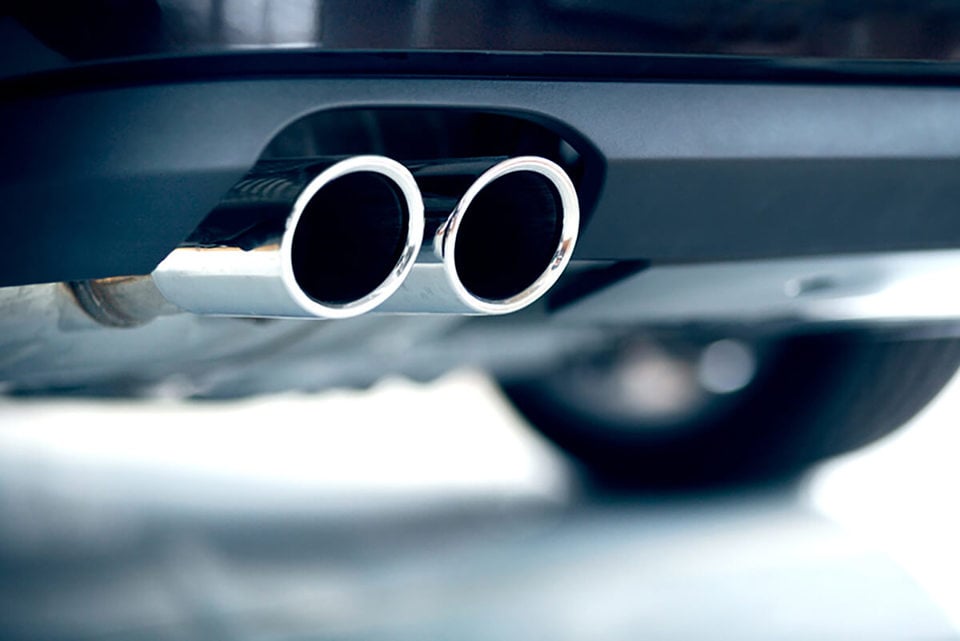





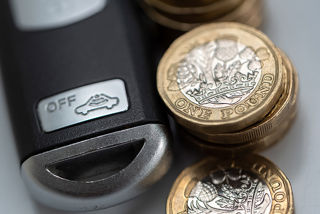


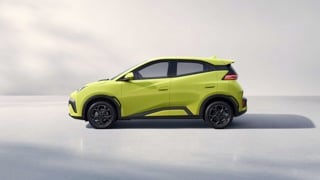



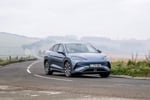

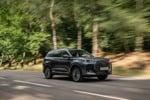
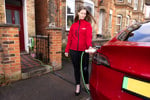





Login to comment
Comments
No comments have been made yet.